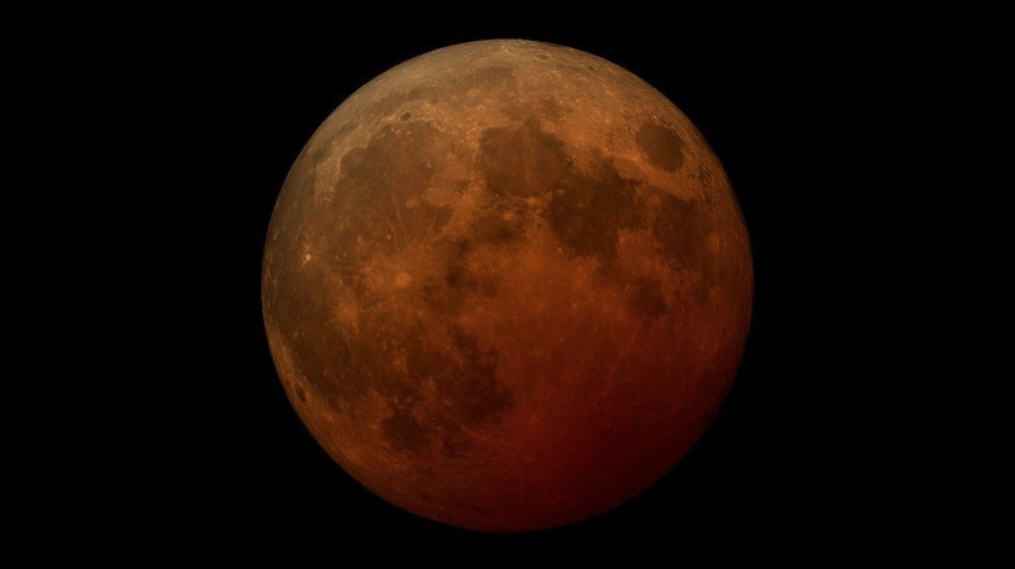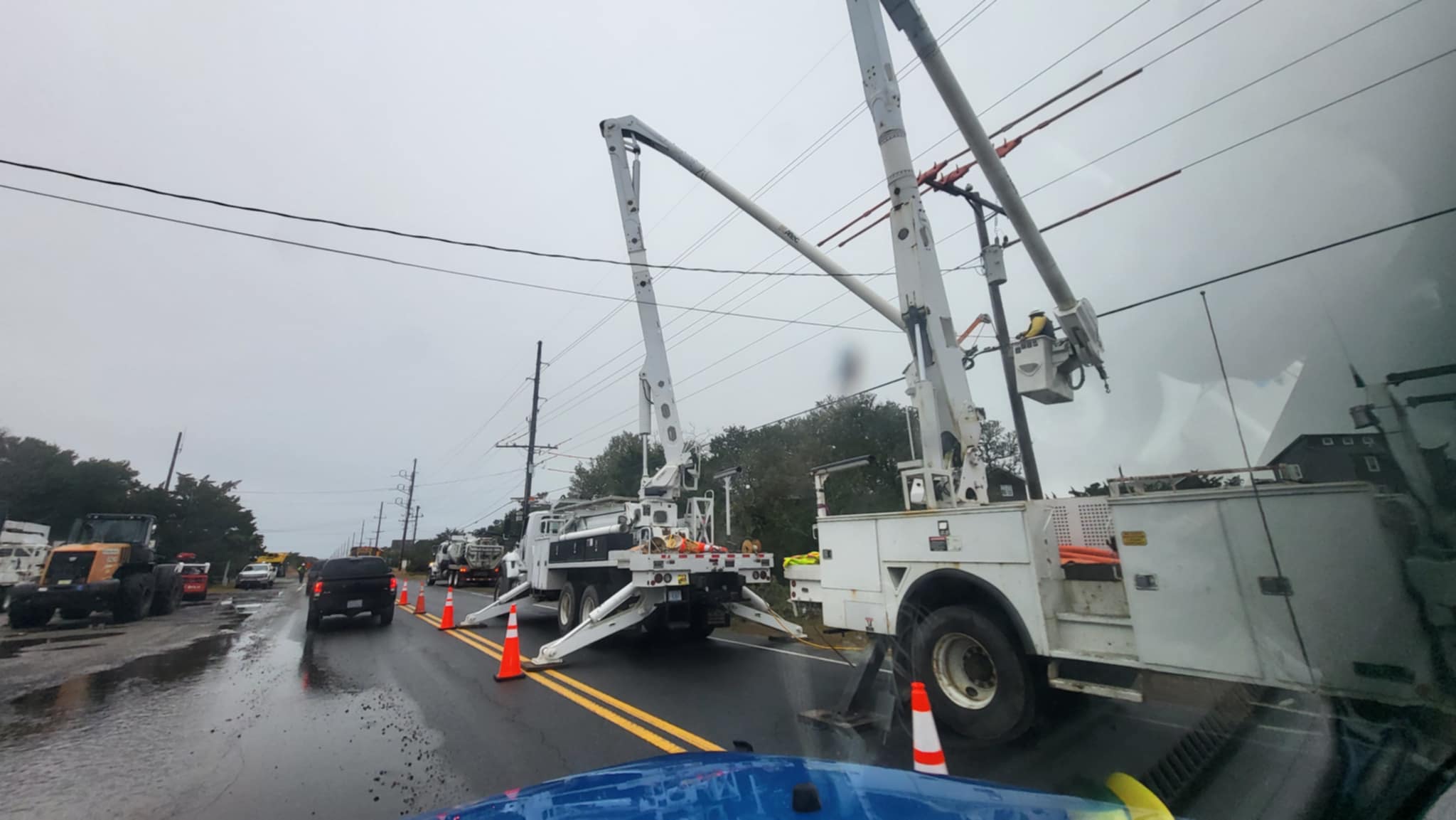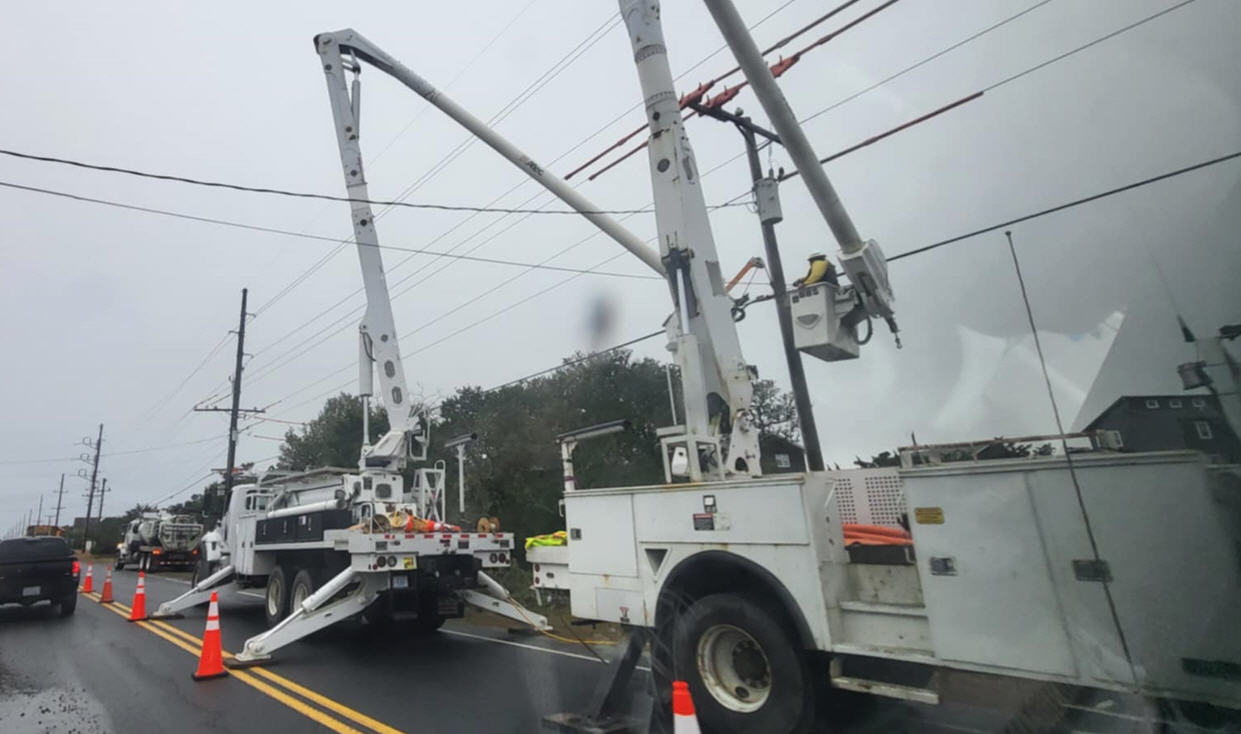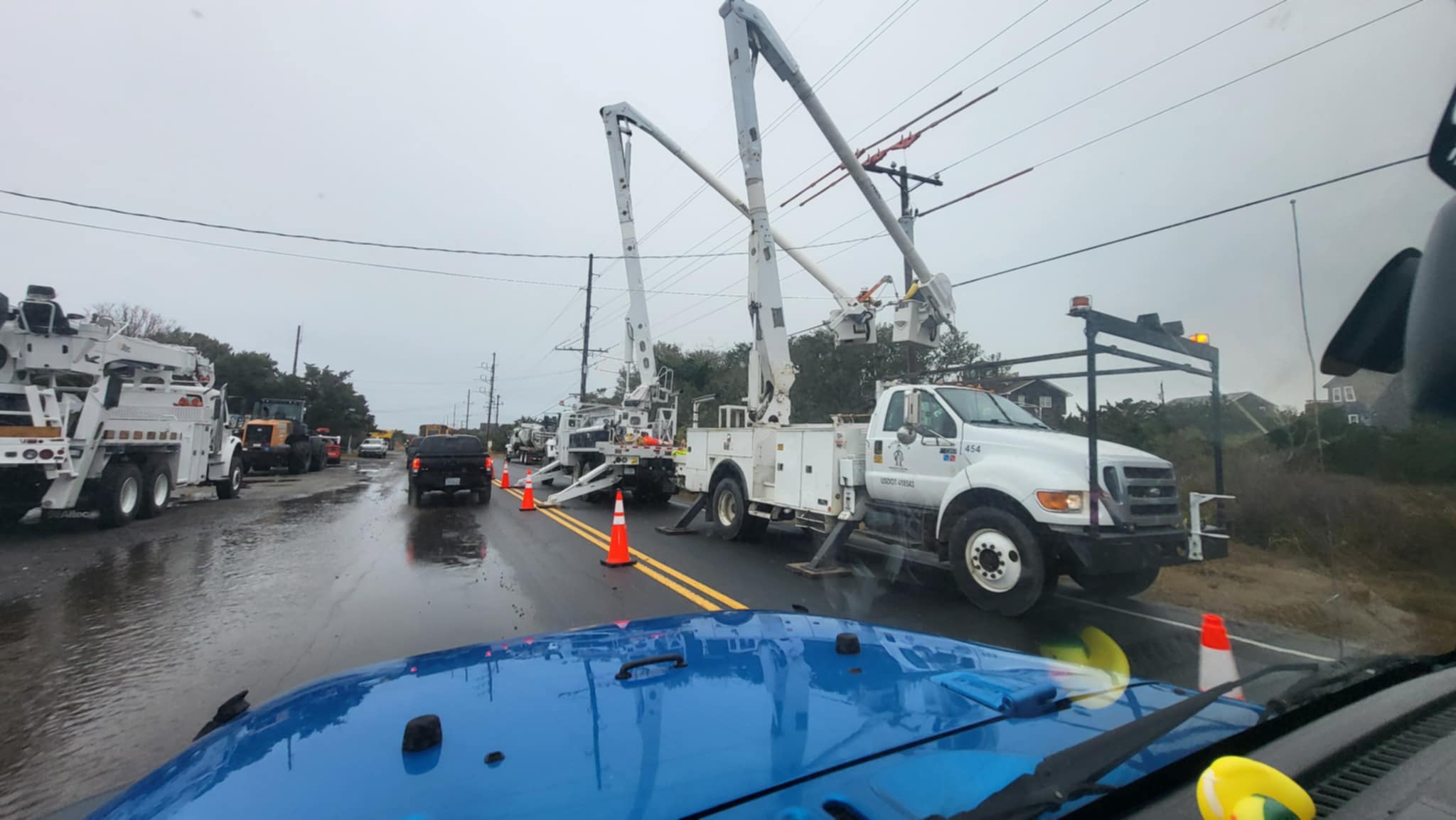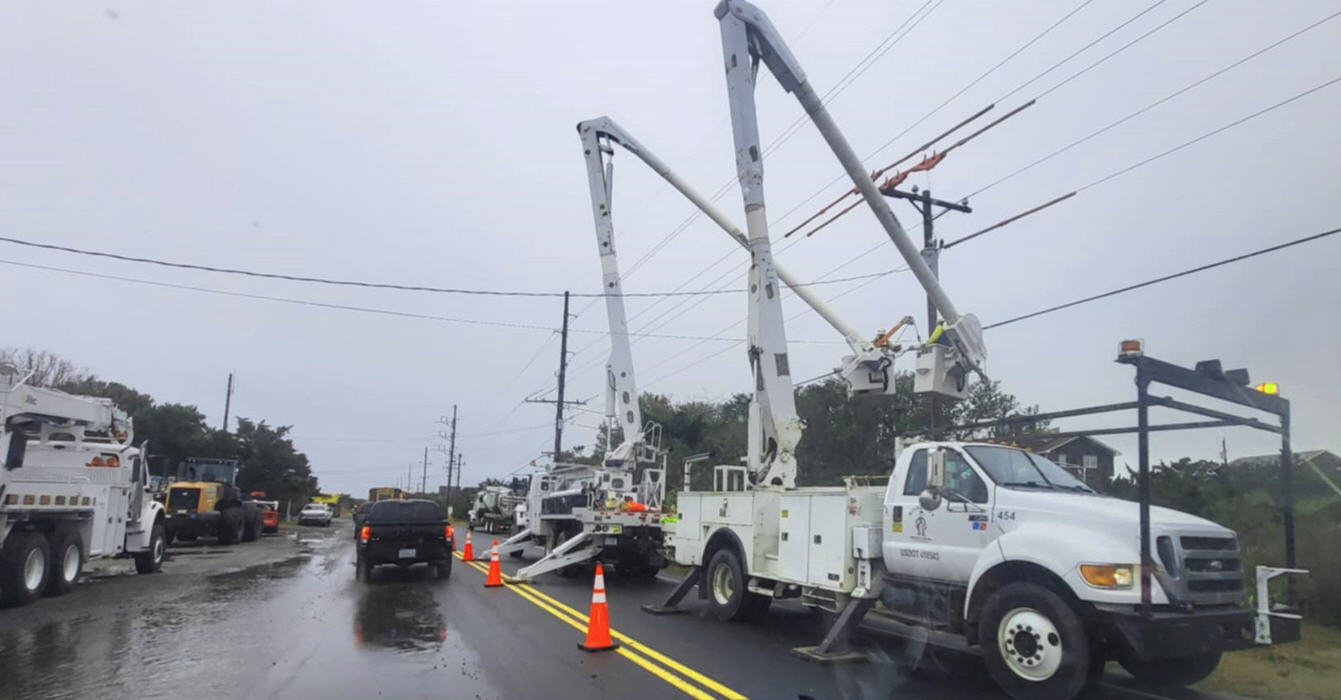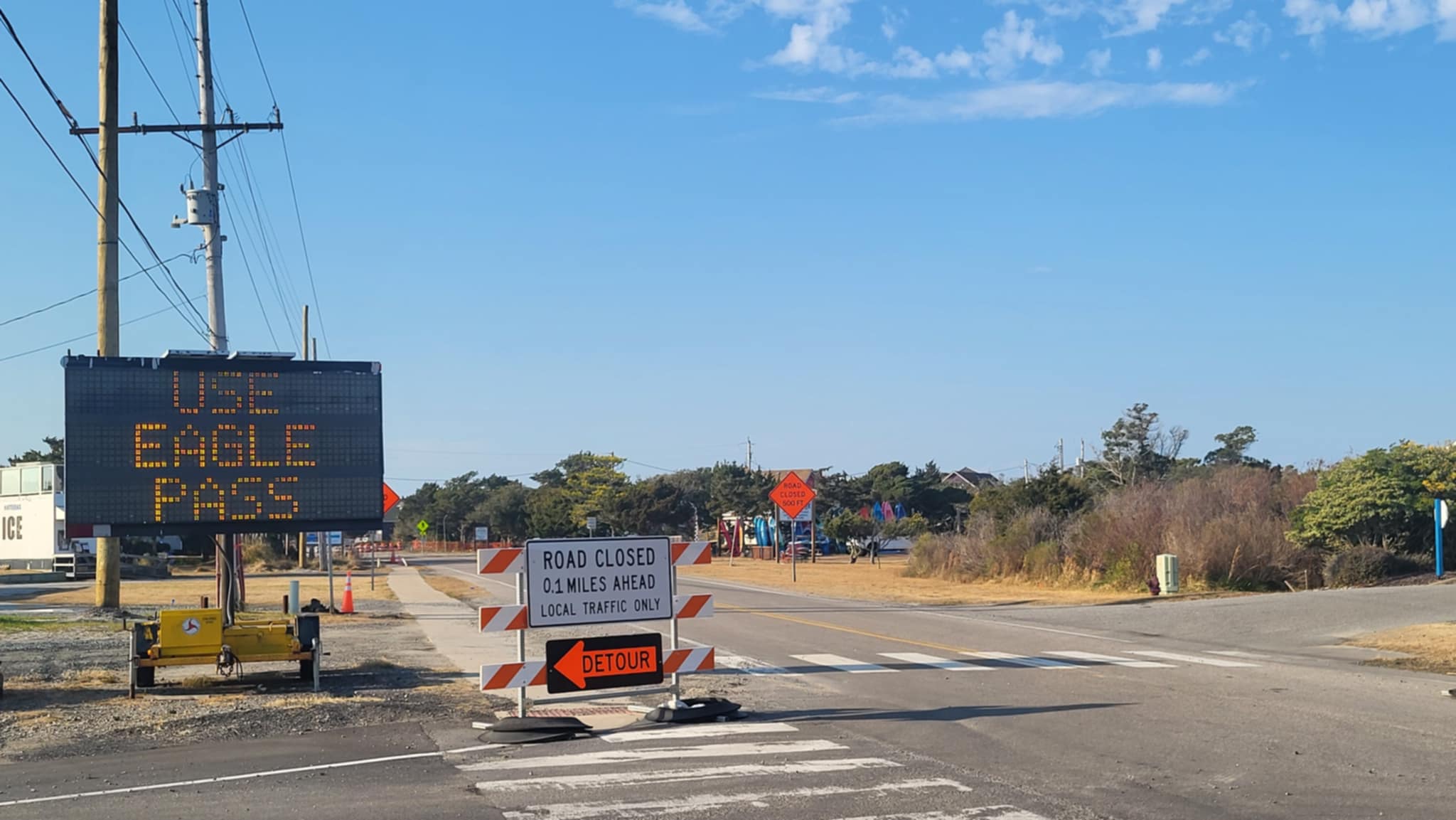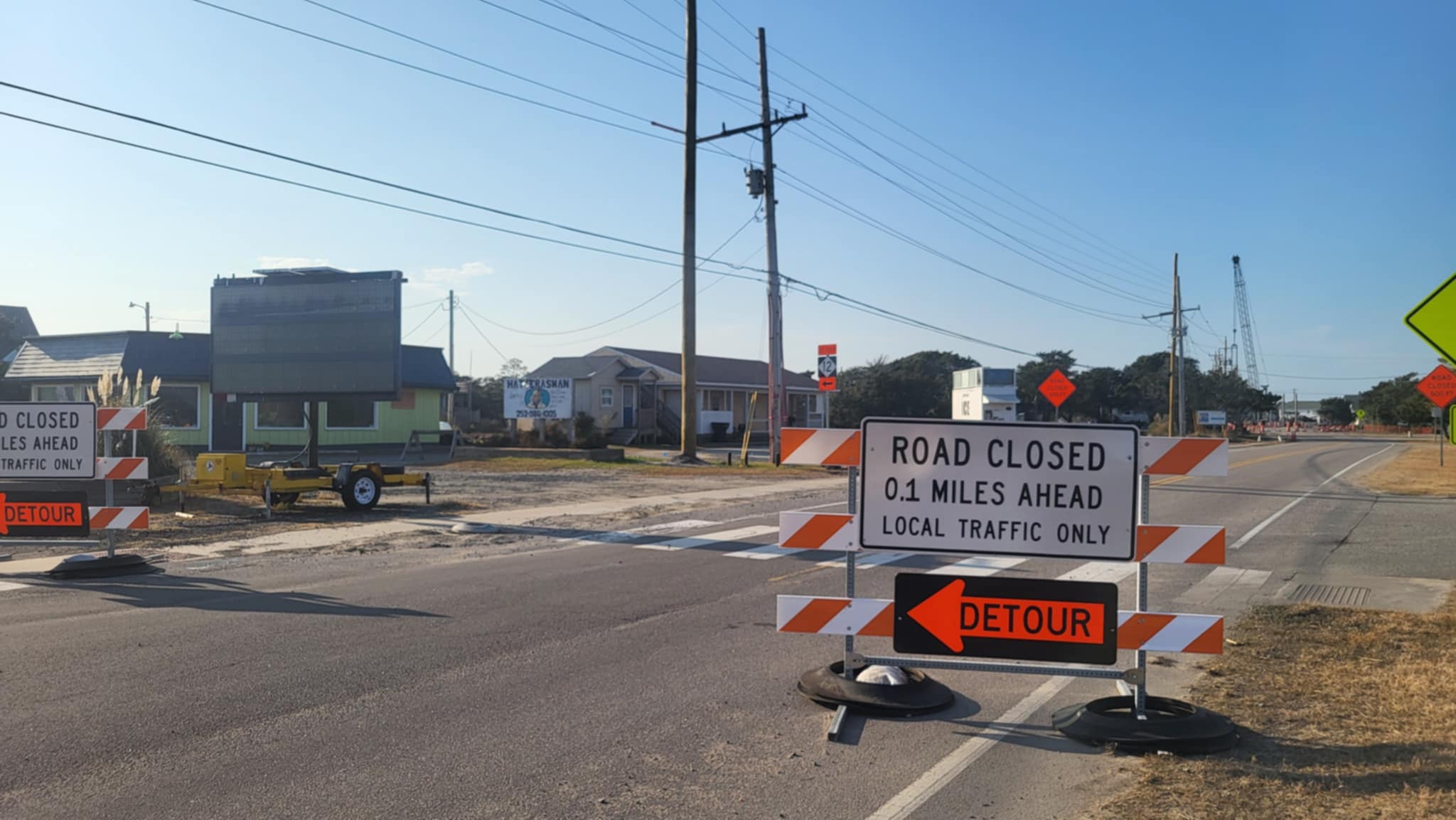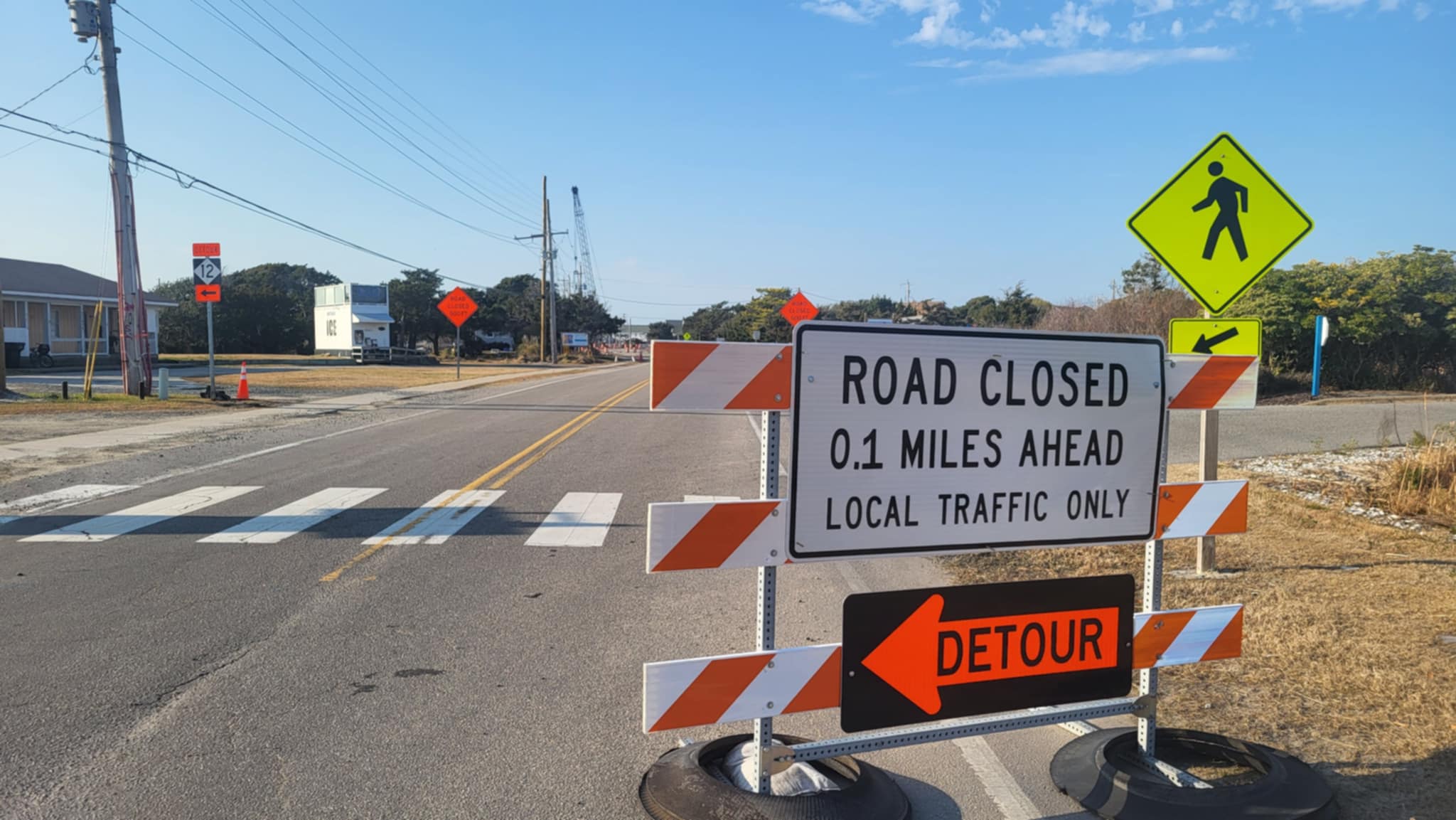The Red Knot: Small shorebird may yet ruffle feathers
A little shorebird bird known for its epic migrations is likely to ruffle some feathers.
“If they decided to list the brontosaurus, they might have a hard time,” Derb Carter, noted North Carolina birdwatcher and the director of the Chapel Hill office of the Southern Environmental Law Center said recently when asked about potential opposition to the U.S. Fish and Wildlife Service’s late-September proposal to list the red knot as “threatened” under the federal Endangered Species List.
That might be true, especially when the service, as required by law, eventually proposes to establish critical habitat for the knot, a robin-sized sandpiper with a wingspan of 20 inches and a ruddy head. The bird is known for its 10,000-mile migration from the southern tip of South America to the Arctic and back each year. That means it’s almost everywhere at least some of the time.
Everywhere includes North Carolina’s beaches, and ocean beach critical habitat proposals for loggerhead sea turtles have in recent months stirred up hornets’ nests of opposition in the state. While none of those hornets seem to be swarming around the tiny knot yet, there’s already some buzz.
The proposed listing of the knot is the result of a settlement in a lawsuit brought by environmental groups, and there appears to be plenty of scientific justification to list what must surely be one of the planet’s greatest athletes. In recent years, the bird’s population in Delaware Bay – its prime rest and food stop on its seemingly endless migrations from the Arctic to Brazil and back – has plummeted from an estimated 100,000 to about 25,000.
It’s a complex story that involves the nature of the bird, loss of habitat, loss of food and, perhaps, climate change, according to Andy Wood, a respected ornithologist, former education director for North Carolina Audubon and head of the Coastal Plain Conservation Group, based in Hampstead.
The habitat loss is coast-wide, he explained, and the food loss is primarily a result of a decline in the stocks of horseshoe crabs, particularly in Delaware Bay. Climate change, Wood said, is most noticeable in the warming Arctic, where less tundra is available at times for the birds to lay their eggs. And the bird, according to most, migrates in larger flocks than most shorebirds and is highly faithful to the same stopover sites on the annual migration journey. That makes it vulnerable, perhaps more than most, to changes.
“It really has everything to do with the changes in coastline structure,” Wood said of the decline of one of his favorite birds. “Over the years, we’ve occupied the barrier islands from the Gulf to Canada, and those are the areas the red knots use for resting and refueling for that incredibly long migration.”
In the past, Wood said, the red knots might have encountered a red wolf or a fox or a few predator birds. But they wouldn’t have encountered many people, and there were fewer structures, so there was more beach.
“They didn’t have to deal with, for example, cats and dogs and small children chasing them every time they sat to rest or forage,” he said. “Basically, anything we do disturbs it. And for a bird that makes such a long migration, those things are critically important. These birds weigh just a few ounces, and it takes an incredible amount of energy to make that journey.”
Not only are the beaches more crowded and smaller, they’re also harder, at least in many areas, because of beach nourishment. Wood said research by many, including Pete Peterson of the University of North Carolina’s Institute of Marine Sciences in Morehead City, has shown that nourishment, especially if the sand is not of the right size, buries the worms, mole crabs and coquina clams that shorebirds feed upon. The beaches recover, of course, and so do those organisms. But nourishment probably takes a toll.
More critical, though – likely more critical right now than beach development and loss – is the decimation of the horseshoe crab population, particularly in Delaware Bay, which separates New Jersey from Delaware.
The horseshoe crab has been harvested for many years for a variety of reasons, including for fertilizer and for the use of its blood as a clotting agent for pharmaceuticals. But more recently, particularly in the New Jersey area, the crabs have been used as bait in eel and conch traps.
In the past, the red knots literally gorged on the crab eggs on the beach. Anecdotal reports cited so many eggs the shoreline looked green. But as the crabs and their eggs declined, Wood said, so have the red knots. The Atlantic States Marine Fisheries Commission – a compact comprised of fisheries managers from all the East Coast states – has been pressured by environmentalists and has tried to stem the horseshoe crab harvest, and the number taken has declined. But it’s going to take time for the crab population to rebuild.
There also seems to be some evidence that the already smaller red knot population in that area was harmed by Hurricane Sandy, which dramatically altered beach habitat.
The red knot is already listed as endangered by New Jersey and would join the piping plover as East Coast shorebirds protected under the Endangered Species Act.
In a press release that accompanied the listing proposal for the red knot, Dan Ashe, director of the Fish and Wildlife Service, called the red knot “an extraordinary bird that each year migrates thousands of miles from the Arctic to the tip of South America and back.” Like many shorebirds, the red knot “is vulnerable to climate and other environmental changes,” Ashe added.
Under the Endangered Species Act, plants and animals declared “threatened” are considered likely to become endangered in the foreseeable future. “Endangered” means they are in danger of extinction. The law prohibits a person without a permit from killing, shooting, hunting, pursuing, harassing, capturing or engaging in other activities deemed harmful to the endangered or threatened species.
The federal announcement that the birds are being proposed for threatened status was welcomed by environmental groups that have been working for years to stem the bird’s decline.
“The red knot is a testament to tenacity, but right now it really needs our help,” Noah Greenwald, endangered species director with the Center for Biological Diversity, a partner in the lawsuit, said in a press release after the proposal appeared in the Federal Register. “With massive overharvest of the horseshoe crabs these birds need to fuel their spectacular migration, protection can’t wait any longer.”
Red knots that do not put on enough weight at the Delaware Bay staging grounds perish on the final push north to the breeding grounds, or may be too weak to nest successfully once there, he added.
To date, Greenwald noted, the center’s 757-species agreement with the service has resulted in final protection for 111 species and proposed protection for 62 species, including the knot.
One of those was the loggerhead, for which service and the National Marine Fisheries Service have proposed critical habitat in North Carolina, raising the ire of many who feel the designation will make it harder and more expensive to nourish beaches and to engage in some fishing activities. Those who have opposed critical habitat for the turtle have pointed to problems the Hatteras area has experienced with critical habitat for piping plover. Will the red knot eventually cause similar consternation?
The service’s notice in the Federal Register notes that the bird winters in North Carolina, in addition to Texas, Louisiana, Georgia, Florida, South Carolina, Mississippi, the Caribbean and South America.
Carter said that although relatively few red knots stay in North Carolina all winter – most are here only for short periods of time during their fall and spring migrations – the ones that do appear to be “residents” are mostly in the Cape Hatteras National Seashore. Would migratory stopovers and small overwintering populations be enough to trigger critical habitat designations for North Carolina when the service issues proposals late this year or early next year?
Carter, who through SELC has vast experience with these issues, said it’s possible. There’s been no furor over the proposal yet, at least not that he has heard, but he won’t be surprised if there is. The Hatteras knots were a factor, for example, when certain areas in the seashore were put off limits to off-road vehicles.
“A lot of the focus was on breeding birds – piping plovers, skimmers and terns – but there was some attention paid to the red knots,” he said. “It affected a couple of small stretches (of beach).”
Greg “Rudi” Rudolph, head of the Carteret County Shore Protection Office, which is responsible for advocating for funds for beach nourishment and coordinating projects, helped organize opposition to the loggerhead critical habitat designation in Carteret and elsewhere. The federal public hearings were well-attended, and almost all the speakers opposed anything that would limit beach use. Carteret County Commissioners have threatened to sue the feds if the critical habitat designations go through.
Rudolph said he’s at least somewhat concerned about the potential for the red knot to cause problems and recently sent an email about the issue to members of the county’s beach commission, which is appointed by the county’s elected board.
But he added that there have been many instances when, under the Endangered Species Act, there has not been a “linear” progression from listing to designation of critical habitat. In other words, despite what the law says, it’s not a given that listing begets critical habitat, at least not fast. It’s the same argument conservationists sometimes make from the opposite end of the spectrum — listing can do a species harm if there’s no follow-through on the protection.
At any rate, Rudolph said it would appear – logically – that if there is a critical habitat proposal for the red knot, it would focus on the central Atlantic Coast, where the horseshoe crab and red knot interaction appears to be driving the bird’s problems.
“I don’t have a crystal ball, but that would seem to make sense, if they’re going to anything,” he said. “On the other hand, the last time I went to Cape Lookout (National Seashore, off eastern Carteret’s mainland), I saw a lot of horseshoe crabs. Is that going to be important? I don’t know.”
As for official comments on the proposal, Rudolph said, “We will likely provide a small comment regarding the ‘threatened’ listing, and get ‘geared up’ for the critical habitat designation,” should that become necessary.
But Rudolph remains concerned, he said, by the whole “sue-and-settle” process that seems to be driving protection of species under the Endangered Species Act.
“You sue, then settle, then create critical habitat, then enforce, and the critical habitat has unintended consequences,” he said.
Others, however, see the red knot saga as more than just the story of one remarkable shorebird and a federal law.
“The need for listing of the red knot can be taken as a signal that something is going on with the ecosystem that we’re all a part of,” Wood said. “And we need to pay attention to that, not only for the sake of the red knot and other species, but for our own sake. You know what John Muir said.”
Muir, a 19th century naturalist, author and advocate for wilderness preservation, said a lot in his numerous essays and books. But the quote to which Wood referred went like this: “When we try to pick out anything by itself, we find it hitched to everything else in the Universe.”
Public Comments
People can comment on the proposed listing through Nov. 29.
Comments may be submitted on the Internet through the Federal Rulemaking Portal. Follow the instructions for submitting information on docket number FWS-R5-ES-2013-0097. Comments can also be mailed to Public Comments Processing, Attn: FWS-R5-ES-2013-0097; Division of Policy and Directives Management; U.S. Fish and Wildlife Service; 4401 N. Fairfax Dr., Suite 222; Arlington, Va. 22203
(This story is provided courtesy of Coastal Review Online, the coastal news and features service of the N.C. Coastal Federation. You can read other stories about the North Carolina coast at www.nccoast.org.)





